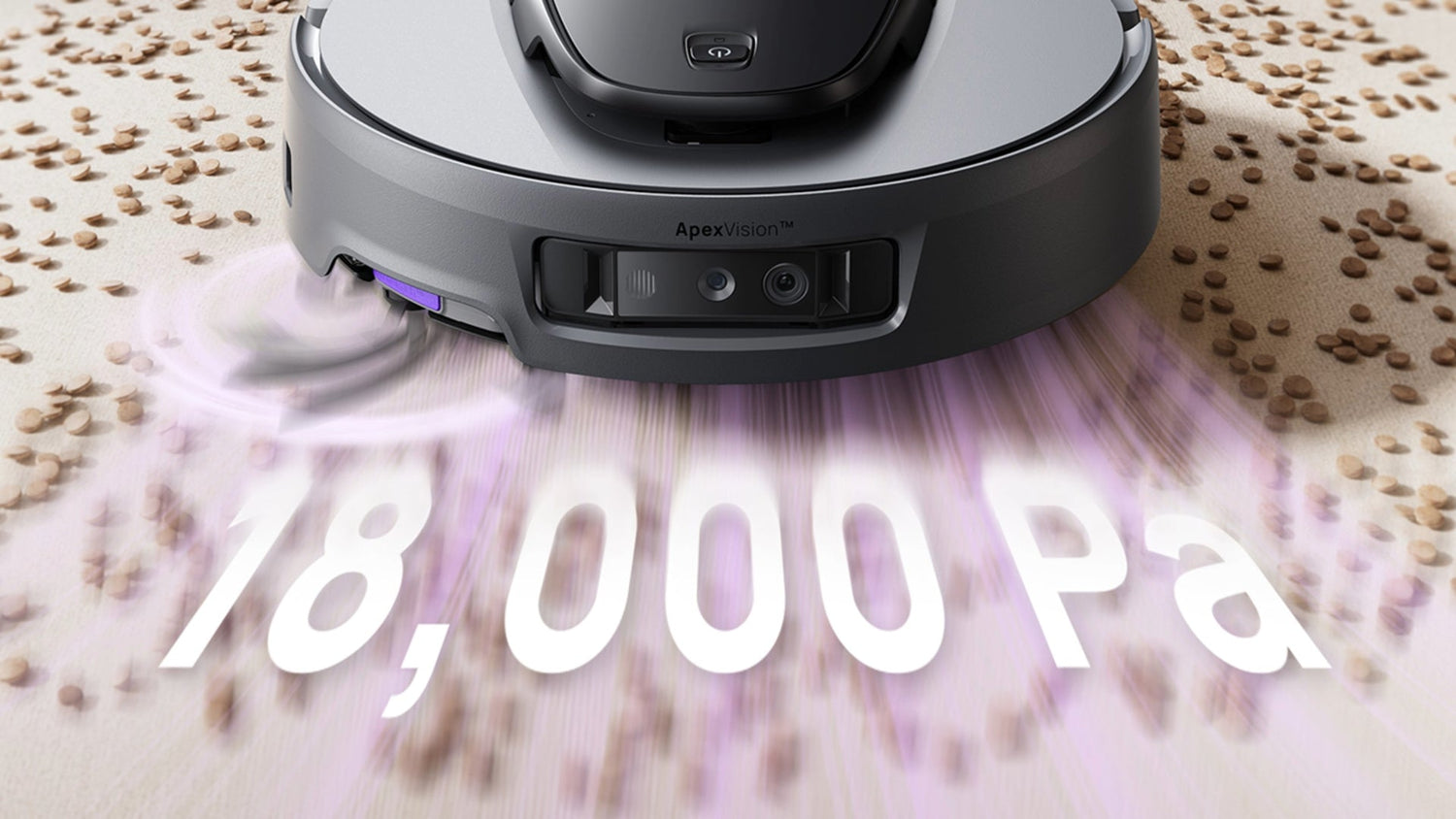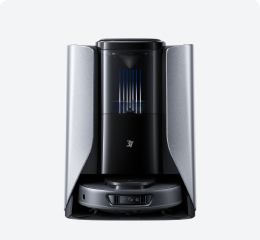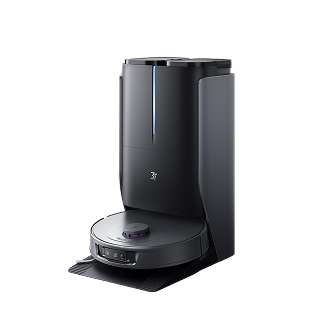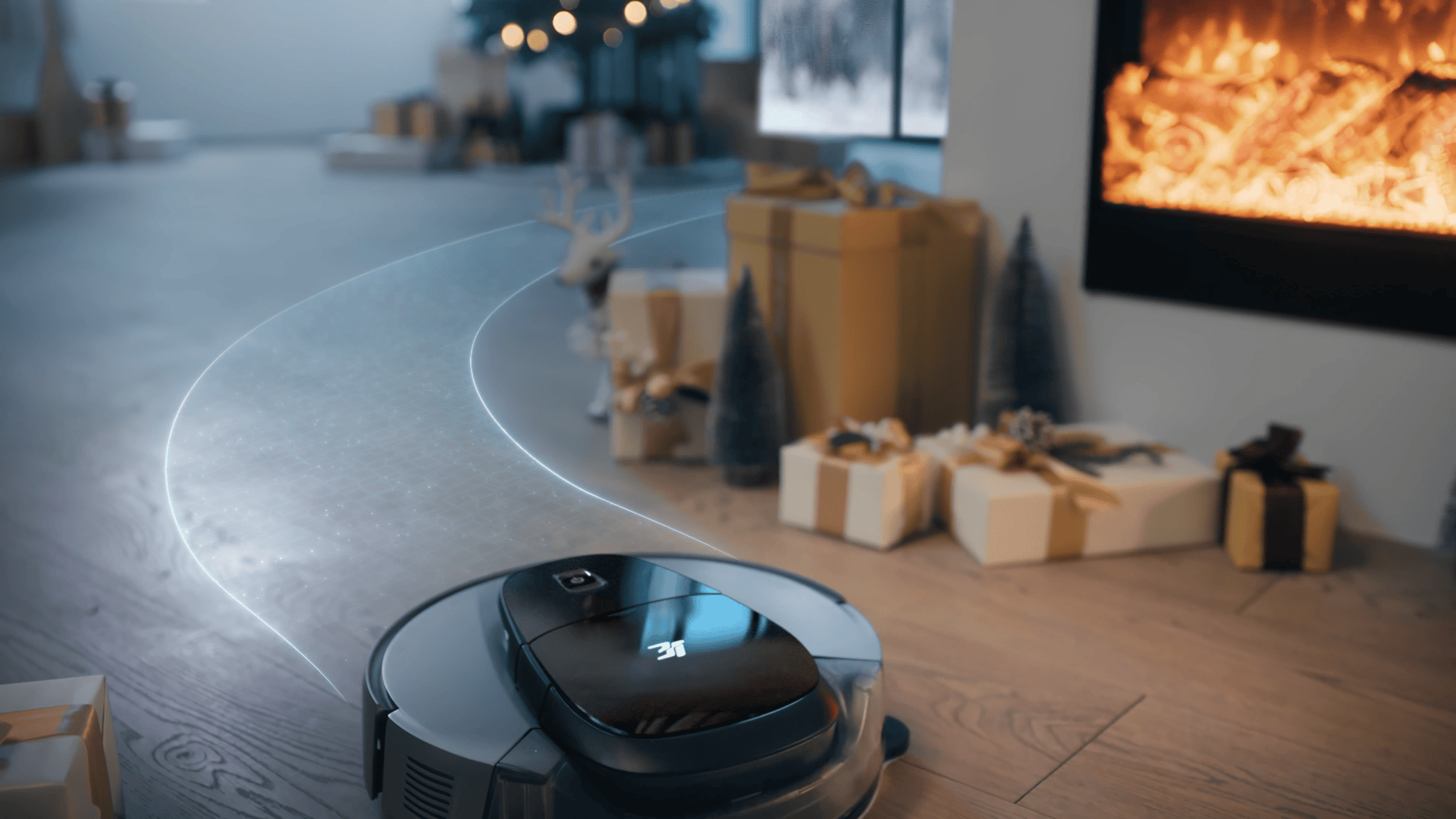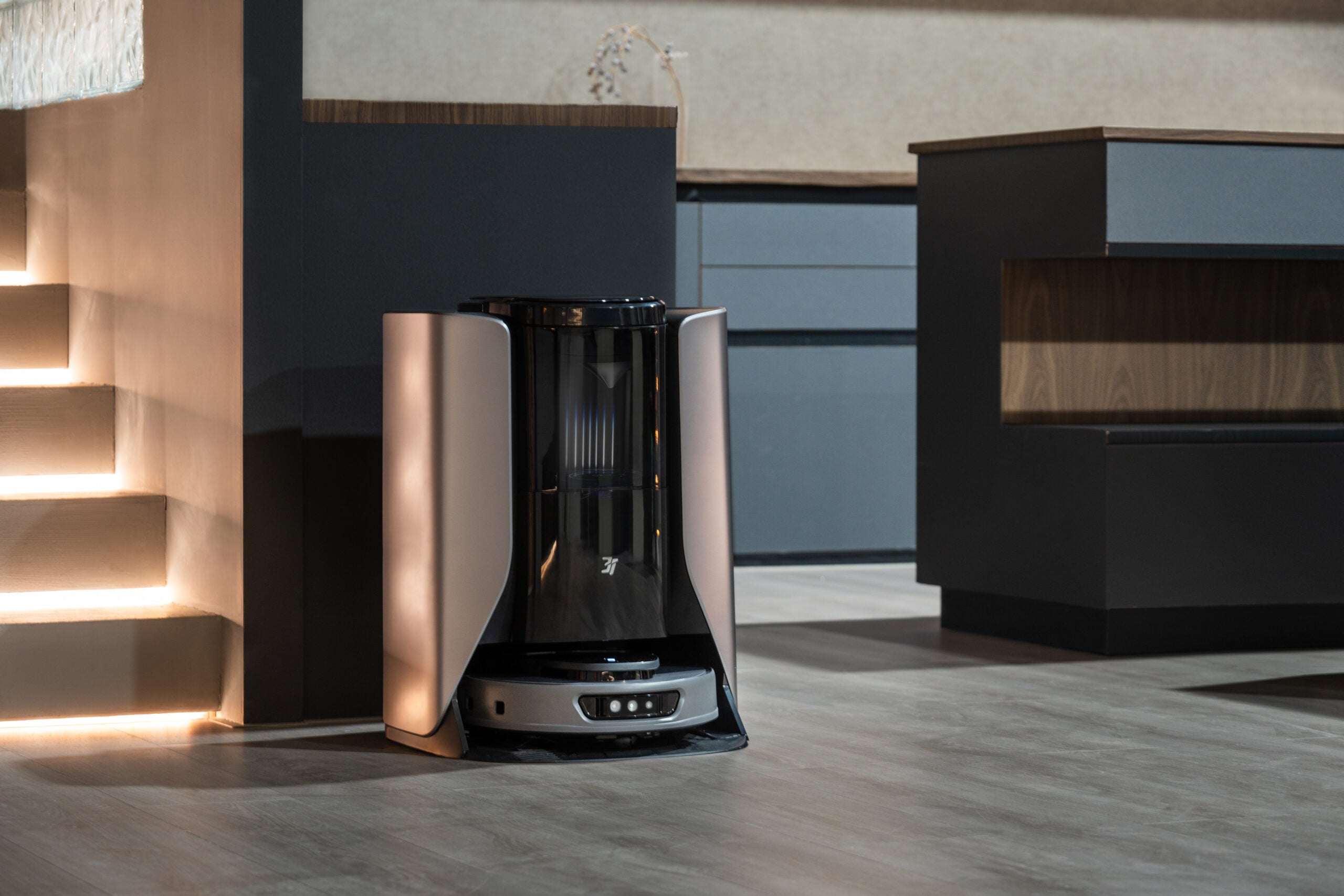Keeping a home spotless can feel like an endless task, especially if you’re juggling work, family, and other responsibilities. Thankfully, modern technology has brought us a variety of cleaning tools that make life easier. Two popular options today are robot vacuum and mop devices and wet-dry vacuums. Both promise efficiency and versatility, but they cater to different needs and lifestyles. Understanding the differences, benefits, and limitations of each can help you make a more informed decision for your home.
In this blog, we will dive deep into the features, advantages, disadvantages, and practical use cases for robot vacuum and mop systems versus wet-dry vacuums. We’ll also include a comparison table so you can choose the best cleaning solution for your home.
What Is a Robot Vacuum and Mop?
Robot vacuum and mop devices are automated cleaning machines designed to handle daily floor cleaning with minimal human intervention. Unlike traditional vacuums, these compact devices navigate your home on their own, using sensors and mapping technology to clean efficiently. Many modern models combine both vacuuming and mopping functions, meaning they can pick up dust, dirt, and pet hair while also washing your floors.
Key Features of Robot Vacuum and Mop
-
Automatic Navigation
Advanced models use technologies like LDS LiDAR, dToF LiDAR, or camera-based navigation to map your home. This allows the robot to plan cleaning routes efficiently and avoid obstacles. -
Vacuuming Functionality
Most models feature suction powers ranging from 2,000 Pa to over 10,000 Pa, enabling them to handle dust, dirt, crumbs, and pet hair. -
Mopping Functionality
These robots typically come with a water tank and a mop pad that lightly dampens the floor to clean stains and spills. Some models have automatic water regulation to ensure even cleaning. -
Smart Connectivity
Robot vacuums can be controlled via smartphone apps, voice assistants like Alexa or Google Assistant, and even automated schedules. -
Self-Cleaning and Maintenance Features
Premium models include a multifunctional dock for self-emptying, self-washing mop pads, and anti-tangle brushes for pet hair.
Pros of Robot Vacuum and Mop
-
Convenience
The biggest advantage is convenience. You can schedule cleaning while you’re at work, and the robot will handle most of the work autonomously. -
Time-Saving
Robot vacuums reduce the time spent on daily cleaning chores, allowing homeowners to focus on other tasks or leisure activities. -
Consistent Cleaning
Regularly scheduled cleaning ensures your home stays dust-free and hygienic, which is particularly helpful for allergy sufferers. -
Versatility
Many robot vacuums are suitable for different floor types, including hardwood, tile, laminate, and low-pile carpets.
Cons of Robot Vacuum and Mop
-
Limited Deep Cleaning
While effective for regular maintenance, robot vacuums often cannot match the deep cleaning power of traditional vacuums, especially on high-pile carpets. -
Mopping Limitations
Most robot mops are best for light stains. They may struggle with sticky or dried-on messes. -
Navigation Challenges
Cluttered homes or complex layouts can interfere with cleaning efficiency. Some robots may get stuck under furniture or around tight corners.
What Is a Wet-Dry Vacuum?
A wet-dry vacuum is a versatile cleaning tool capable of handling both liquid spills and dry debris. Unlike robot vacuums, wet-dry vacuums require manual operation but offer raw power and flexibility for intensive cleaning. They are often used in garages, basements, kitchens, and workshops but are increasingly common in households for tackling tough messes.
Key Features of Wet-Dry Vacuums
-
Strong Suction Power
Wet-dry vacuums are designed to handle heavy-duty cleaning tasks, from dust and dirt to larger debris. Some commercial-grade models can reach up to 200+ CFM airflow. -
Dual Functionality
The “wet-dry” capability means these vacuums can clean liquid spills, muddy footprints, pet accidents, and regular debris. -
Versatile Attachments
They usually come with various nozzles, brushes, and extension hoses for cleaning carpets, hard floors, upholstery, and tight spaces. -
Durability
Wet-dry vacuums are built to withstand more rugged use than delicate robot vacuums. They typically feature sturdy plastic or metal tanks that resist wear and tear. -
Large Capacity
Most wet-dry vacuums can hold more dirt and liquid than a typical robot vacuum, reducing the frequency of emptying.
Pros of Wet-Dry Vacuums
-
Powerful Cleaning
The suction and cleaning capability is unmatched for heavy debris, pet hair, or embedded dirt in carpets. -
Handles Wet Messes
Wet-dry vacuums excel at cleaning liquid spills, which robot vacuums are generally not equipped to handle safely. -
Versatile Applications
From garages and basements to kitchens and car interiors, wet-dry vacuums can tackle multiple surfaces and mess types. -
Durability
These vacuums are built to last and can often handle more intense cleaning tasks than consumer-grade robot vacuums.
Cons of Wet-Dry Vacuums
-
Manual Operation Required
Unlike robot vacuums, wet-dry vacuums require physical effort. You need to push, pull, and guide the device across surfaces. -
Storage and Size
Wet-dry vacuums are often larger and heavier, requiring more storage space. They may not fit neatly in a closet or under furniture. -
Noise
These vacuums are usually louder than robot vacuums, which might be an issue if you’re cleaning during quiet hours. -
Maintenance
Wet-dry vacuums require regular emptying, cleaning of filters, and tank washing, particularly after wet use.
Robot Vacuum and Mop vs Wet-Dry Vacuum
|
Feature |
Robot Vacuum and Mop |
Wet Dry Vacuum |
|
Automation |
Fully automatic; can clean on schedule |
Manual operation required |
|
Suction Power |
Varies (2,000–20,000 Pa+) |
High (varies by model; can clean heavy debris) |
|
Wet Cleaning |
Light mopping |
Can handle spills, wet dirt, and muddy messes |
|
Coverage |
Best for daily maintenance |
Suitable for deep cleaning |
|
Navigation |
Smart sensors and mapping |
Manual operation required |
|
Noise |
Relatively quiet |
Often loud |
|
Storage & Size |
Compact, easy to store |
Larger, requires more space |
|
Cost |
Medium to high |
Medium to high |
|
Recommendation |
3i S10 Ultra, Roomba Combo j7+ |
Tineco Floor One S7 Pro, Shark HydroVac MessMaster |
|
Ideal Use Case |
Regular floor maintenance |
Intensive cleaning, wet or dry messes |
When to Choose a Robot Vacuum and Mop

A robot vacuum and mop is ideal for:
-
Busy Lifestyles
If you’re juggling work, family, or hobbies, a robot vacuum keeps your floors consistently clean without daily effort. -
Light-to-Moderate Messes
Best for homes with dust, crumbs, and light stains rather than heavy mud or sticky spills. -
Multiple Floors and Hard-to-Reach Areas
Compact robot vacuums can glide under beds, sofas, and cabinets where manual vacuums may not reach. -
Smart Home Integration
If you want automated control via apps, schedules, or voice assistants, robot vacuums integrate seamlessly.
When to Choose a Wet-Dry Vacuum
A wet-dry vacuum is ideal for:
-
Deep Cleaning Tasks
Perfect for carpets, rugs, and areas with embedded dirt or heavy debris. -
Handling Wet Messes
Pet accidents, spilled drinks, muddy floors—wet-dry vacuums can handle it all safely. -
Multi-Surface Cleaning
Homes with garages, basements, or workshops can benefit from the versatility of wet-dry vacuums. -
Durability Needs
If you need a heavy-duty cleaning device that can withstand frequent, intense use, a wet-dry vacuum is a better choice.
Combining Both: The Best of Both Worlds
For homeowners seeking convenience and raw cleaning power, combining a robot vacuum and mop with a wet-dry vacuum can be a game-changer.
- Use the robot vacuum daily to maintain dust-free floors and light stains.
- Keep the wet-dry vacuum for weekly or emergency deep cleaning, wet spills, and hard-to-clean messes.
This combination ensures your home stays clean consistently without compromising the ability to tackle tougher messes.
Tips for Maximizing Cleaning Efficiency
-
Optimize Robot Vacuum Routes
Keep floors relatively clutter-free to allow the robot to navigate effectively. -
Regular Maintenance
Clean robot filters and mop pads, and empty wet-dry vacuum tanks after use to ensure longevity. -
Choose the Right Robot Model
If mopping is important, consider models with adjustable water flow and advanced mop cleaning functions, e.g., the real-time self-cleaning roller mop system of the 3i S10 Ultra. -
Use Appropriate Attachments for Wet-Dry Vacuums
Different nozzles can make a big difference in carpet, hard floors, and upholstery cleaning.
FAQs
Q1: Can I use a robot vacuum on thick carpets?
A1: Most robot vacuums work best on hard floors and low-pile carpets. High-pile carpets may reduce suction efficiency and mobility.
Q2: Are wet-dry vacuums safe for all floor types?
A2: Wet-dry vacuums are generally safe for most surfaces, but caution is needed with delicate floors to avoid scratching or water damage.
Q3: Do robot vacuums mop well?
A3: Robot mops handle light stains effectively but may struggle with dried-on or sticky messes.
Q4: How often should I use a wet-dry vacuum?
A4: This depends on your home’s mess level. Weekly deep cleaning is common, with spot cleaning as needed for spills.
Q5: Can robot vacuums handle pet hair?
A5: Yes, especially models with anti-tangle brushes and strong suction. E.g., the 3i P10 Ultra features auto TangleCut™ blade on its base station, removing tangles wrapped around the roller brush effectively. However, very thick pet hair may still require manual intervention.
Conclusion
Both robot vacuum and mop systems and wet-dry vacuums have their unique advantages and cater to different cleaning needs.
- Robot vacuums excel at daily maintenance, convenience, and light mopping.
- Wet-dry vacuums provide raw power, versatility, and the ability to clean wet and tough messes.
Your choice ultimately depends on your home environment, lifestyle, and cleaning priorities. For busy homeowners seeking consistent floor cleanliness, a robot vacuum and mop is a time-saving solution. For those needing intensive cleaning, tackling wet spills, or maintaining multiple surfaces, a wet-dry vacuum is unmatched. For the best results, consider combining both tools, leveraging the strengths of each to keep your home pristine with minimal effort.



